
A stress test, also called an exercise stress test, shows how a person’s heart works during physical activity. Because exercise makes the heart pump harder and faster, an exercise stress test can reveal problems with blood flow within the heart. A stress test usually involves walking on a treadmill or riding a stationary bike, the…
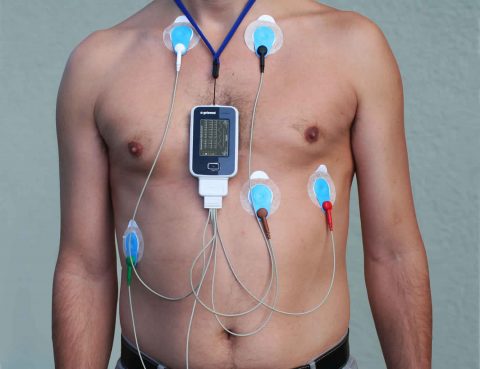
A holter monitor is a small, battery powered medical device that measures a person’s heart’s activity, such as rate and rhythm. The doctor may ask the patient to use one if they need more information about how their heart functions than a routine electrocardiogram (EKG) can give. A holter monitor test is usually performed after…
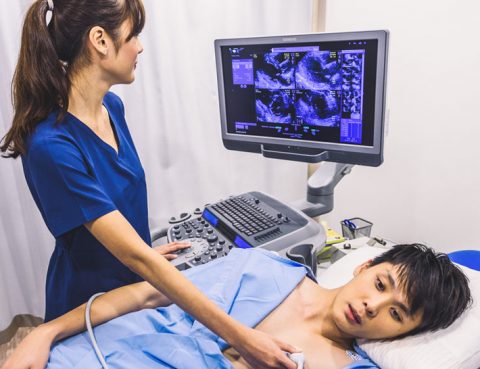
Echocardiography is a test that uses sound waves to produce live images of the heart. The image is called an echocardiogram. This test allows the doctor to monitor how the heart and its valves are functioning . Why It’s done The doctor may suggest an echocardiogram to; Check for problems with the valves or chambers…
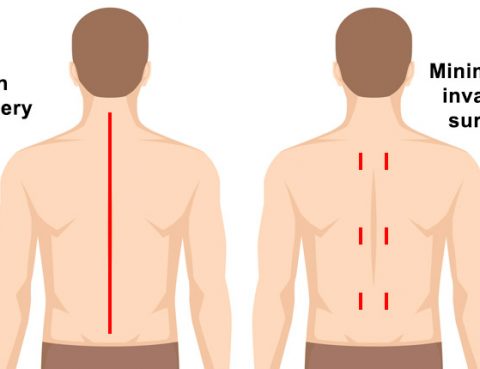
Spine surgery is traditionally done as “open surgery” . This means that the area being operated on is opened with a long incision to allow the surgeon to view and access the anatomy. In recent years, however, technological advances have allowed more back and neck conditions to be treated with a minimally invasive surgical technique. …

Selective nerve root block injection (SNRB) is an injection of long-lasting steroid (cortisone) around the nerve root as it exits the spinal column. The injection reduces the inflammation and pain caused by pressure on the nerve. It can also be used as a diagnostic tool to help doctors determine whether the nerve is irritated by…

Vertebroplasty is an outpatient procedure for stabilizing compression fractures in the spine. Bone cement is injected into back bones (vertebrae) that have cracked or broken, often because of osteoporosis. The cement hardens, stabilizing the fractures and supporting the spine. For people with severe, disabling pain caused by a compression fracture, vertebroplasty can relieve pain, increase…
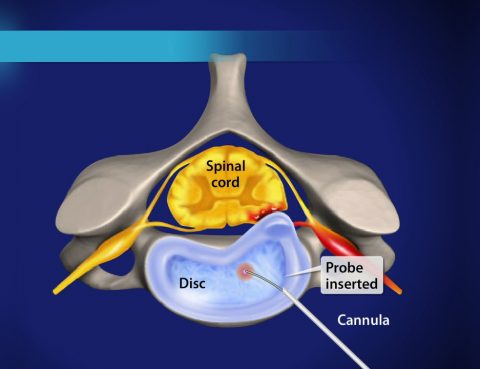
Nucleoplasty is a minimally invasive, image-guided therapy used to treat back pain and leg pain caused by herniated discs. It is performed in an outpatient setting, this procedure uses a needle that emits radio waves to shrink a disc bulge and on the nerves responsible for causing pain. The procedure usually takes less than an…
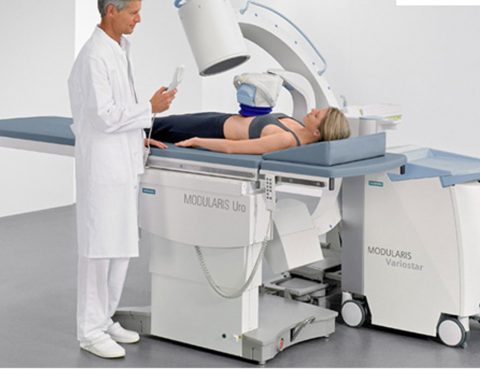
Shock Wave Lithotripsy (SWL) is the most common treatment for kidney stones. Shock waves from outside the body are targeted at a kidney stone causing the stone to fragment. The stones are broken into tiny pieces. It is sometimes called ESWL: Extracorporeal Shock Wave Lithotripsy. Kidney stones occur when minerals and other substances in the…

Transurethral resection of the prostate (TURP) is a surgery used to treat urinary problems that are caused by an enlarged prostate. The prostate is a small gland in the pelvis only found in men. It’s located between the penis and bladder, and surrounds the urethra (tube that carries urine from the bladder to the penis). …

Ureterolithotomy refers to the open or laparoscopic surgical removal of a stone from the ureter. The ureter is a tube between the kidney and the bladder. Urine passes down to the bladder through this tube. Why get Ureterolithotomy? Ureterolithotomy is used to remove stones in a ureter that: Are too large to passCause pain or…

Cystoscopy is a procedure that allows the doctor to examine the lining of the bladder and the tube that carries urine out of the body. A hollow tube equipped with a lens is inserted into the urethra and slowly advanced into the bladder. A cystoscope is a thin tube with a camera and light on…

A pterygium is a growth of the conjunctiva or mucous membrane that covers the white part of the eye over the cornea. The cornea is the clear front covering of the eye. This benign or noncancerous growth is often shaped like a wedge. The growth could show up in one eye or both. When it…

Meso melasma is an injection used to reduce melanin pigment production which causes the skin to have dark spots, and freckles. Meso melasma is suitable for people who have melasma and dark spots. Meso Procedure The specialist will apply the solution all over the face, then wrap the face with a plastic material in order…
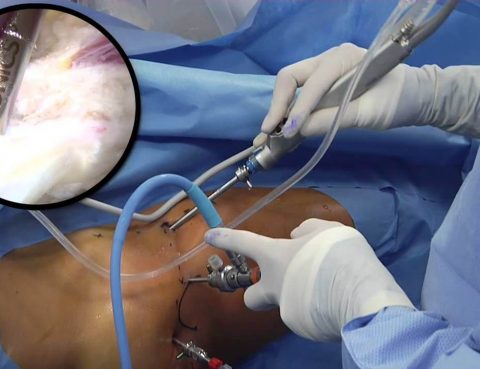
Arthroscopy is a procedure for diagnosing and treating joint problems. A surgeon inserts a narrow tube attached to a fiber-optic video camera through a small incision — about the size of a buttonhole. The view inside the joint is transmitted to a high-definition video monitor. By attaching the arthroscope to a miniature television camera, the…
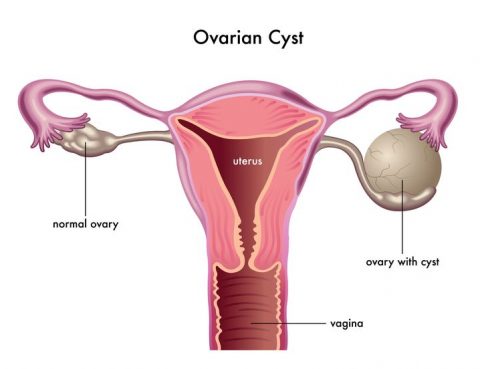
Ovarian cysts are fluid-filled sacs or pockets in an ovary or on its surface. Women have two ovaries — each about the size and shape of an almond — on each side of the uterus. Eggs (ova), which develop and mature in the ovaries, are released in monthly cycles during the childbearing years. A cyst…
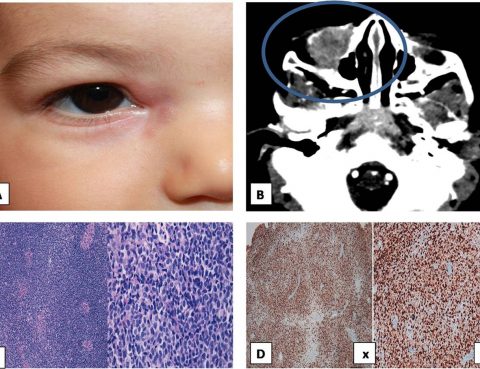
Rhabdomyosarcoma (RMS) is a rare type of cancer that forms in soft tissue – specifically skeletal muscle tissue or sometimes hollow organs such as the bladder or uterus. RMS can occur at any age, but it most often affects children. RMS can arise anywhere in the body. However, it’s more likely to start in the;…
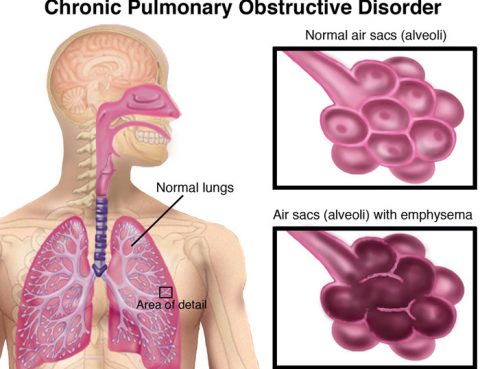
Chronic obstructive pulmonary disease (COPD) is a long-term lung condition that makes it hard for the patient to breath. Emphysema and chronic bronchitis are the two most common conditions that contribute to COPD. These two conditions usually occur together and can vary in severity among individuals with COPD. Types of COPD Emphysema – this results…

Deep vein thrombosis (DVT) is a serious condition that occurs when a blood clot forms in a vein located deep inside the body. A blood clot is a clump of blood that’s turned to a solid state. DVT can cause leg pain or swelling, but also can occur with no symptoms. Deep vein thrombosis can…

Hyperthyroidism (overactive thyroid) occurs when the thyroid gland produces too much of the hormone thyroxine. Hyperthyroidism can accelerate the body’s metabolism, causing unintentional weight loss and a rapid or irregular heartbeat. Symptoms Symptoms of an overactive thyroid can include; Nervousness, anxiety and irritability Hyperactivity – patients may find it hard to stay still and have a…

Penile cancer, or cancer of the penis, is when cells grow out of control on or in a man’s penis. It often starts in skin cells and can work its way inside. It’s rare but it can be treated, especially if it’s found early on. Types of Penile Cancer Squamous Cell or Epidermoid Carcinoma –…
